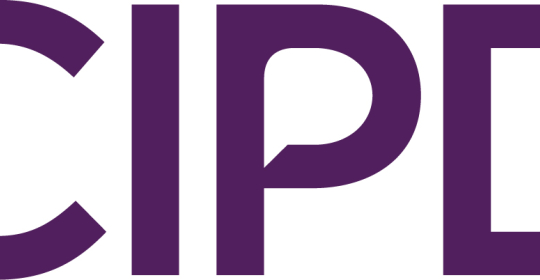Going green in the workplace can lead to more green in the bank according to a new survey released today from Buck Consultants, an independent subsidiary of ACS, A Xerox Company, The survey showed that the number of U.S. employers with formal green workplace programs rose significantly last year with many organizations reporting cost savings from reduced use of paper and electricity.
Buck‚s second annual „Greening of the American Workplace 2009‰ survey showed 53 percent of employers have green programs in place, an increase from 43 percent last year. Among the organizations that have a formal green program, more than half have implemented the following offerings:
- Recycling and paper reduction (95 percent)
- Web and/or teleconferencing (85 percent)
- Healthy living and wellness (80 percent)
- Internal green communication program (78 percent)
- Online HR communications (72 percent)
- Green Web site via organizational intranet (58 percent)
- Online Summary Plan Descriptions (57 percent)
- Telecommuting (57 percent)
- Rideshare (52 percent)
The survey indicates that more companies and their leadership are not only deploying green programs in the workplace but also realize the significant benefits to their business, said Allison Artnak, director at Buck Consultants. From increased employee involvement to costs savings, the survey is evidence that going green can boost morale and the bottom line.
Companies surveyed identified favorable returns on investment from green programs in their workplace. Nearly two-thirds of respondents report cost savings related to paper use and electricity. While 94 percent of survey respondents list cost savings as the most desired return on investment from green programs, 82 percent cited community goodwill and 59 percent mentioned improved stakeholder perception as additional ROI measures.
A critical factor of success for green initiatives in the workplace is leadership. The survey found that 80 percent of employers with green programs include the CEO in development and communications while 86 percent of respondents appointed a dedicated leader for their green efforts.
Among employers that provide incentives to encourage green behaviors, 31 percent provide special employee recognition, 24 percent give prizes, and 9 percent provide a monetary reward.
We learned long ago that you don‚t have to choose between the environment and profit, said Patty Calkins, vice president, Environment, Health & Safety at Xerox. For years green innovation at Xerox has either saved us money or created new markets and new revenue. Today we share our knowledge and expertise with our customers to help them reach their sustainability goals while meeting the needs of their business.
About the Greening of the American Workplace Survey:
The survey analyzed responses from more than 100 organizations in the United States, representing a wide range of industries including financial services, manufacturing, health care, and non-profits. Individuals who responded represent a range of management positions from managers to C-suite executives. The research was conducted during the fourth quarter of 2009, and examines the types of green processes, policies, and programs employers are using to manage environmental and operational issues.
Buck Consultants supports clients‚ green initiatives by providing customized solutions that integrate measurement of employee attitudes with employee education that motivates and rewards green behavior. Buck‚s solutions include GreenSpotsm, a Web site devoted to green communication that clients can use off the shelf or have customized to their needs.
ACS takes advantage of these programs and others including a comprehensive Green IT initiative to reduce power consumption, administering a program that keeps trucks moving and not idling during safety inspections reducing CO2 and many others.






